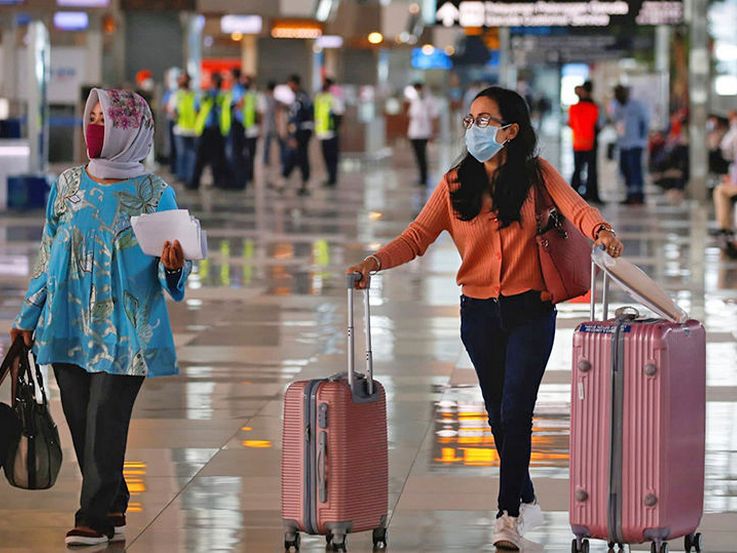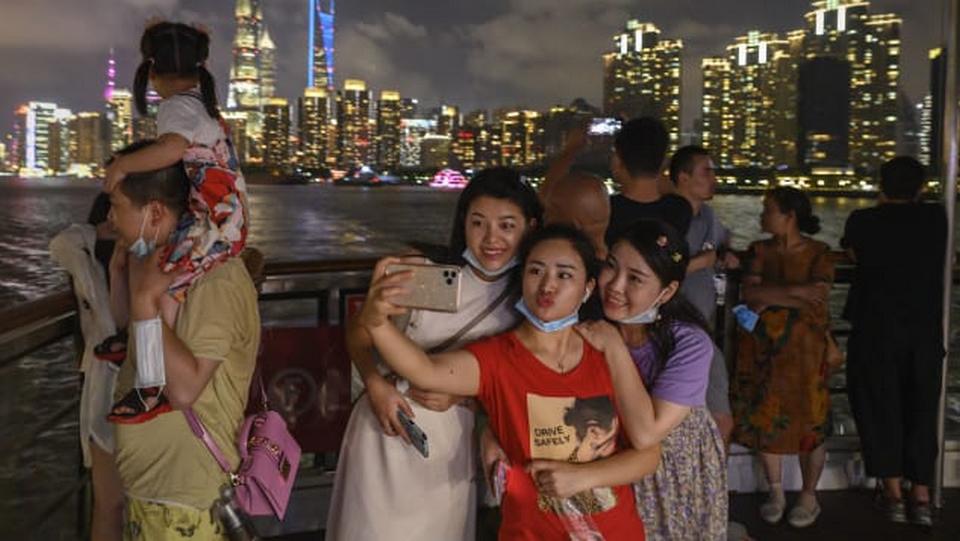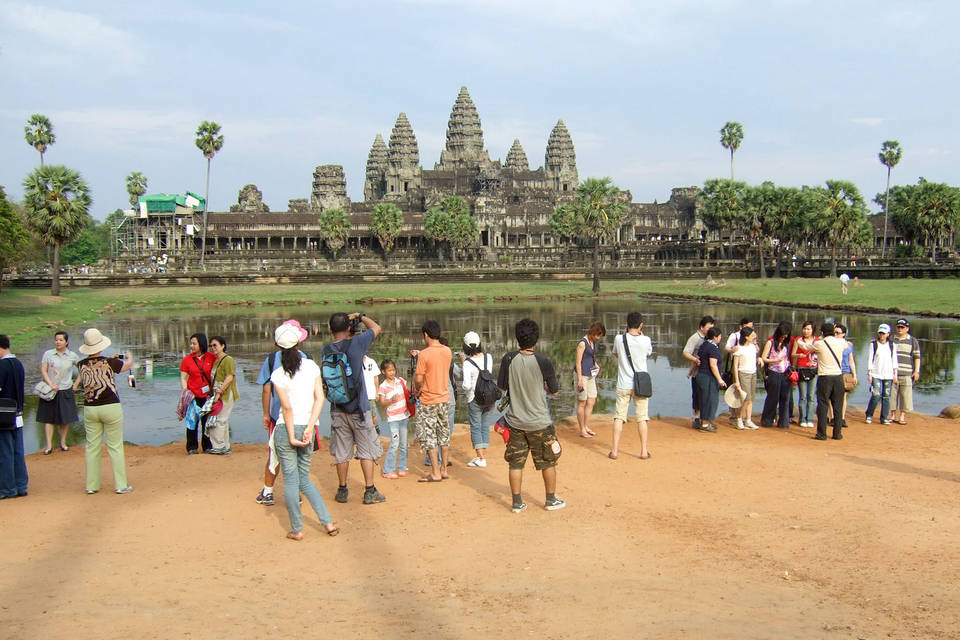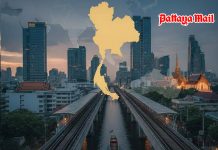
Thailand and her Asean partners have mostly been silent about travel bubbles in the past couple of months. The idea of allowing tourists from selected, low-infection countries to enter each other’s domains without quarantine received immense publicity earlier in the year, but no actual flights have taken off.
Last summer, Thai ministers came up with all sorts of imaginative schemes which might abolish the need for quarantine. One involved planeloads of Chinese tourists landing at Bangkok on special night flights and being instantly transferred to a paradise island where they would remain holiday prisoners for the duration.
Another idea involved the compulsory wearing of an ankle track-and-trace device 24/7, whilst a third suggested vacationers would have to spend the first week of their holiday within a one mile radius of the hotel which hopefully was near to a beach. This was pleasantly known as quasi-quarantine.

None of these suggestions came to fruition as tourist travel bubbles are much more difficult to implement than to publicize. The devil, as ever, is in the detail. Discussions between Bangkok and Beijing were interrupted when sporadic outbreaks of coronavirus in China occurred in December, followed by similar problems in Thailand this month. Tourist travel bubbles require charter planes as scheduled flights are disrupted worldwide. The detail of how to choose wannabe tourists is tricky. For example, must they come from particular areas of the country? There has to be massive detail about testing for the virus, before and after arrival, and how to enforce the wearing of tracing apps. Tourists tend look for freedom rather than supervision.
Surprisingly Cambodia has now entered the lists. Minister of Tourism spokesman Top Sopheak states that a plan is being devised to permit the country’s nine Asean partners including Thailand – plus three outsiders China, Japan and South Korea – to join together in a mammoth quarantine-free special tourist arrangement. He points out that Cambodia has removed some leisure restrictions as museums and movie theatres are now open again. However, there is no time scale when the bubbles might start being blown.

Currently, Cambodian entry requirements are similar to Thailand’s. Comprehensive medical insurance, including Covid-19 treatment, and pre-testing certification are needed. Entrants must show evidence of US$2,000 on arrival to cover all quarantine costs. Anyone wishing to take a flight to Phnom Penh must obtain a certificate of entry from the local Cambodian embassy. Unlike Thailand, no tourist visas are being issued.
Sandra Peterssen, a spokesperson for the Pacific Area Travel Association, said that Cambodia currently had less than 400 reported cases of Covid-19 infection and was unlikely to risk that record by permitting regular tourism. She felt that the idea would only make progress once the pandemic was under control with mass vaccination underway throughout Asia. Chinese authorities in particular are currently promoting domestic tourism and show no sign of encouraging international tourist exchanges. Japan recently banned almost all foreigners from entering the country until the end of this month or later. Travel bubbles are still destined to burst.





